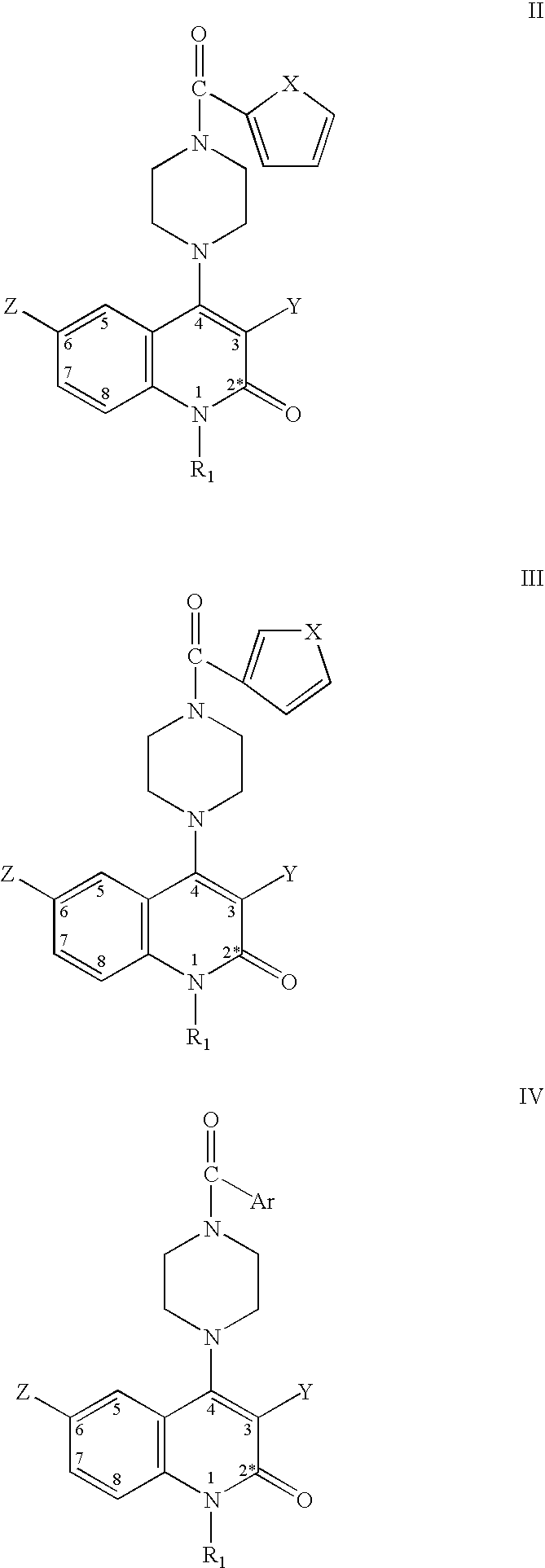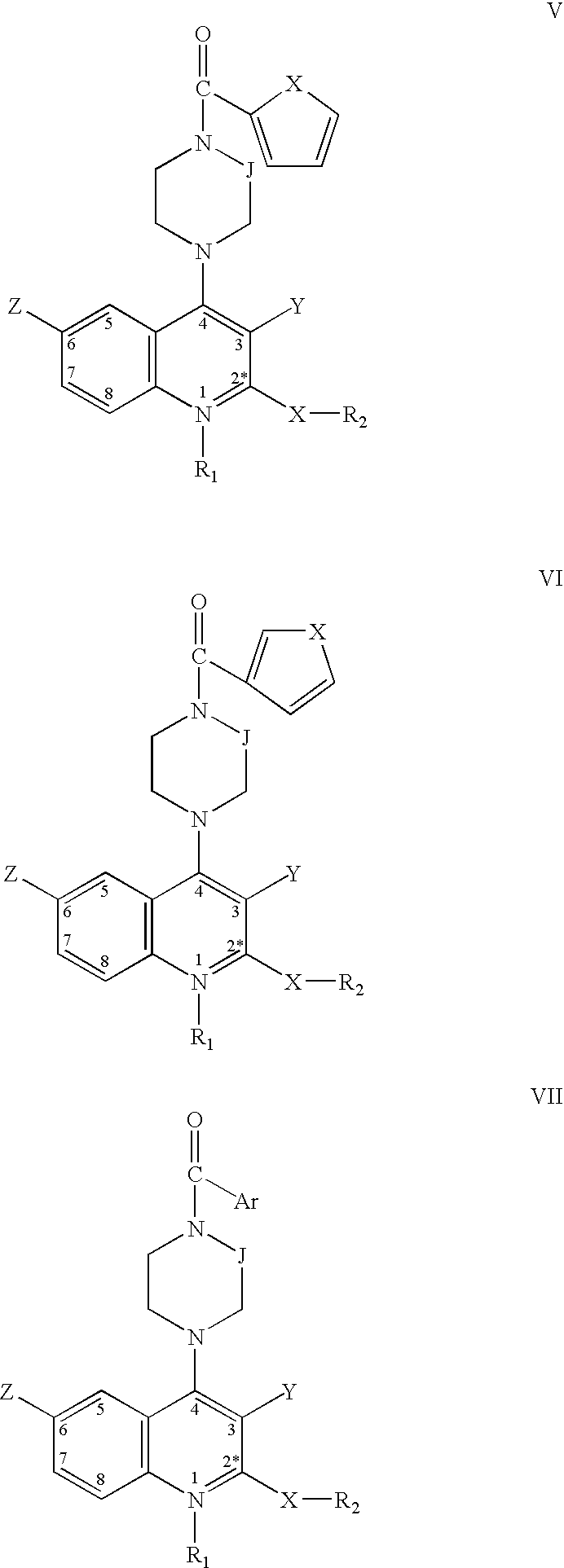MIF inhibitors for treating neuropathic pain and associated syndromes
- Summary
- Abstract
- Description
- Claims
- Application Information
AI Technical Summary
Benefits of technology
Problems solved by technology
Method used
Image
Examples
Embodiment Construction
[0055] The practice of the present invention will employ, unless otherwise indicated, conventional methods of chemistry, biochemistry, and pharmacology, within the skill of the art. Such techniques are explained fully in the literature. See, e.g.; A. L. Lehninger, Biochemistry (Worth Publishers, Inc., current addition); Morrison and Boyd, Organic Chemistry (Allyn and Bacon, Inc., current addition); J. March, Advanced Organic Chemistry (McGraw Hill, current addition); Remington: The Science and Practice of Pharmacy, A. Gennaro, Ed., 20th Ed.; Goodman & Gilman The Pharmacological Basis of Therapeutics, J. Griffith Hardman, L. L. Limbird, A. Gilman, 10th Ed.
[0056] All publications, patents and patent applications cited herein, whether supra or infra, are hereby incorporated by reference in their entirety.
Definitions
[0057] Before describing the present invention in detail, it is to be understood that this invention is not limited to particular administration modes, patient populatio...
PUM
| Property | Measurement | Unit |
|---|---|---|
| Time | aaaaa | aaaaa |
| Time | aaaaa | aaaaa |
| Time | aaaaa | aaaaa |
Abstract
Description
Claims
Application Information
 Login to View More
Login to View More - R&D
- Intellectual Property
- Life Sciences
- Materials
- Tech Scout
- Unparalleled Data Quality
- Higher Quality Content
- 60% Fewer Hallucinations
Browse by: Latest US Patents, China's latest patents, Technical Efficacy Thesaurus, Application Domain, Technology Topic, Popular Technical Reports.
© 2025 PatSnap. All rights reserved.Legal|Privacy policy|Modern Slavery Act Transparency Statement|Sitemap|About US| Contact US: help@patsnap.com



